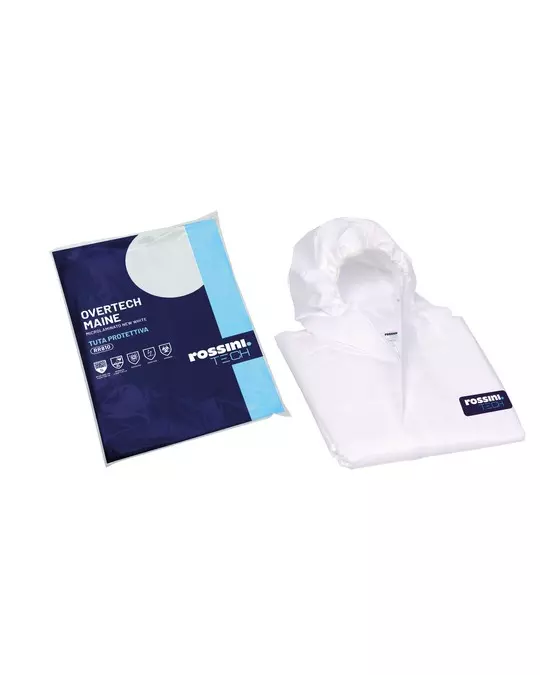
Product description
These protective coveralls are engineered with specialized zero-particle-release material, providing comprehensive protection against liquid aerosols, splashes, airborne particles, and micro-organisms. The garment features multiple elastic components and a water-tight closure system for secure full-body coverage. Constructed from a laminated non-woven fabric blend, these coveralls offer reliable protection while maintaining practical functionality.
Product Features:
- Hood with elastic closure
- Front zip closure with protective flap and adhesive strip
- Elasticated wrists, ankles, and back waistband
- Zero particle release material
- Water-tight design
Technical Details:
- Material: 50% polyethylene, 50% polypropylene laminated non-woven fabric
- Weight: 63 g/m²
Recommended Applications:
- Protection against liquid aerosols and splashes
- Defense against airborne solid particles
- Barrier against micro-organisms
About Disposable Coverall
Disposable Coveralls provide full-body protection against contaminants, dust, and hazardous materials in a convenient single-use design. Featuring integrated hoods and secure closures, these lightweight suits offer essential coverage for healthcare, industrial, and laboratory environments while allowing comfortable movement during tasks.
- Radioactive Contamination
- Antimicrobial Protection
- Electrical Protection
- Chemical Resistance
Standards and labels
Rossini delivery terms
Free delivery when you order more than 80,00 € from Rossini
Supplier shipping fee 7,95 €
Brand minimum 30,00 €
33,76 €
Choose size
Shipping fee is 7,95 € for orders under 80,00 €